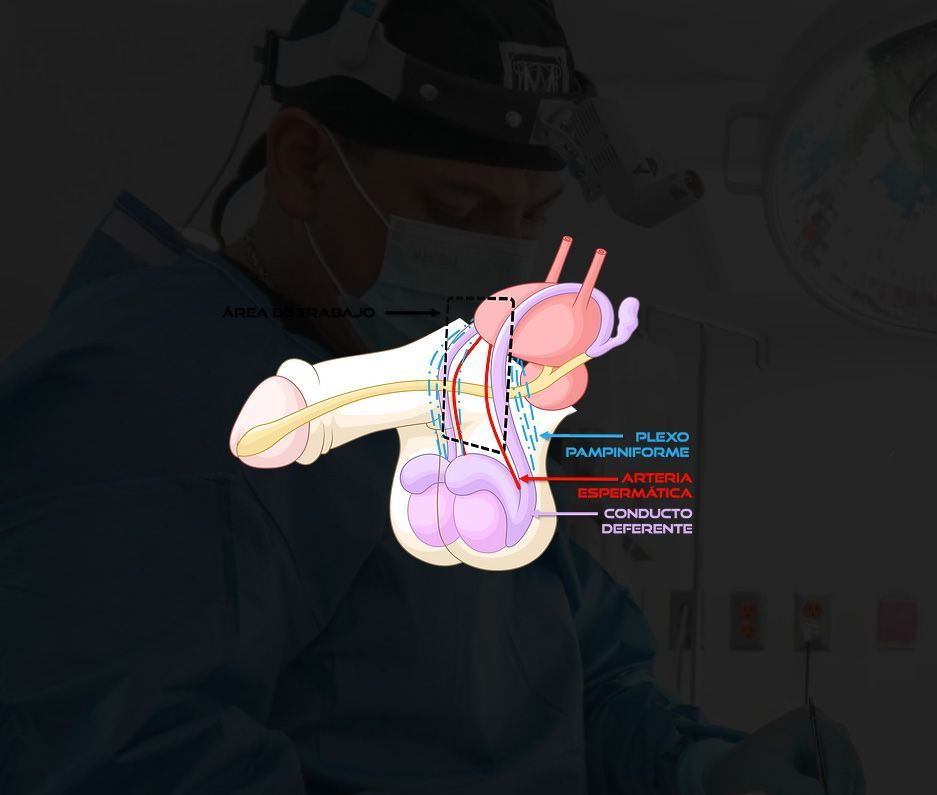Overweight Patients
It is important to note that the surgery is performed through an average 4 x 4 cm hole and is performed at a depth of 8 – 12 cm. If we imagine that our work area is a rectangle, we find the following structures.
Side walls (4):
- 2 which are associated with the vas deferens, spermatic artery and pampiniform plexus.
- 1 with the penis directly and its superficial ligament and the suspensory ligament.
- 1 with the ascending body of the pubic bone.
Deep wall:
- Prostatic plexus.
Pared superficial:
- The incision site.
The deeper we find the incision site due to the increased amount of fat and/or skin due to aging or weight fluctuations, the greater the degree of difficulty and the greater the possibility of complications due to limited visibility. We must remember that we are surrounded by vital structures and at the bottom there is a plexus of arteries and veins that supply irrigation to the peri-prostatic area.
The complication most feared by the specialist is bleeding from this area due to injury. This is really a surgical emergency. A complication that can be minimized with better visibility resulting from the removal of fat and skin appropriately before carrying out the Penoplasty.
Previously, this type of patient was performed in two surgical steps, but VASER makes it possible in one


